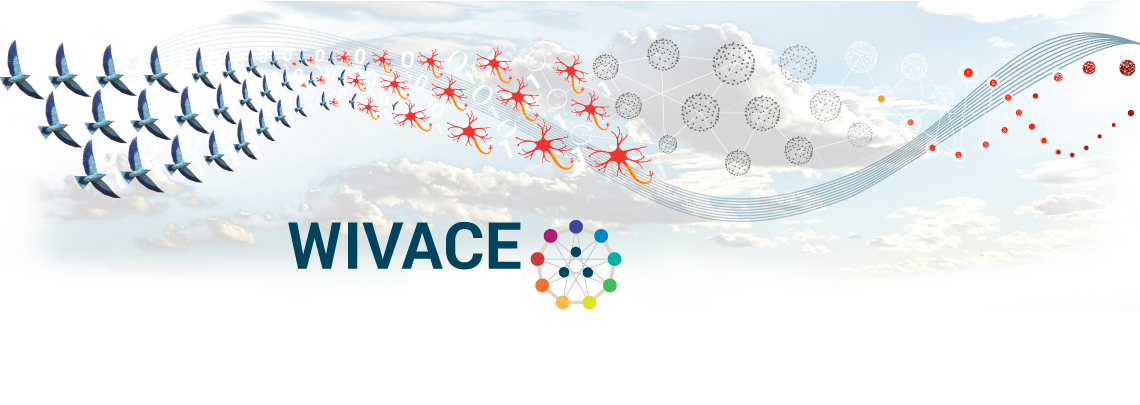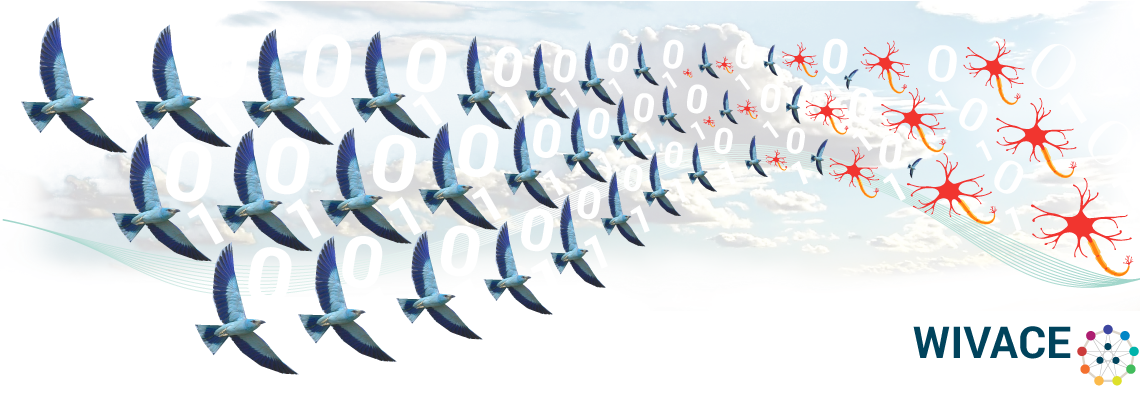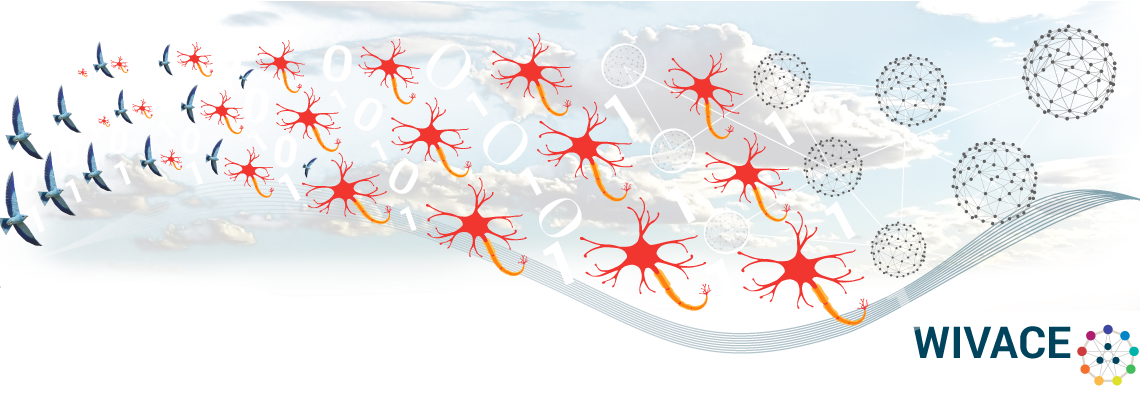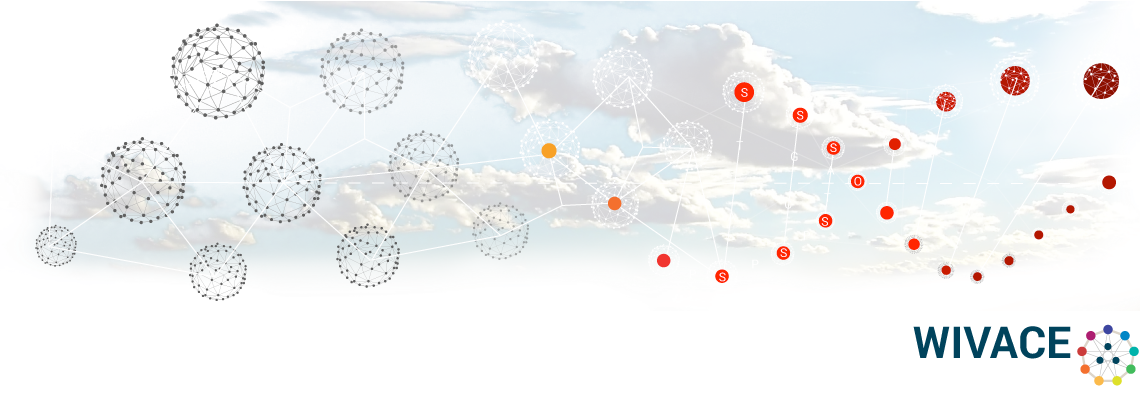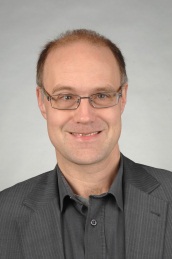
Title
Applied Complex Systems Sciences
Abstract
TBA
Biosketch
Ruedi Füchslin studied theoretical physics at ETH in Zürich, where he graduated with a thesis on incompressible quantum systems at the chair of Prof. Jürg Fröhlich. He then went to the University of Zurich, where he wrote his PhD thesis in the newly established group for computer assisted physics of Prof. Peter Fritz Meier in the field of superconductivity. During this time, he had the opportunity to act together with Meier as a consultant for the Institute for Forensic Medicine. This experience fostered his interest in biological and medical problems. He had the luck to become a post doc in Prof. John McCaskill’s group for Biomolecular Information Processing where he investigated molecular ecologies, evolutionary processes and dynamical processes in cells. In 2007, he got the opportunity to spend half a year at the ECLT, where he studied the scaling behavior of dissipative particle dynamics. He then returned to the University of Zurich, where he got a position in Prof. Rolf Pfeifer’s Artificial Intelligence Lab. Presently, he holds a position as professor of applied complex systems science and is heading the group for Applied Complex System Science at the Institute for Applied Mathematics and Physics at the School of Engineering at the Zurich University of Rudolf M. Füchslin Applied Sciences. In addition, he is co – director of the European Centre for Living Technology in Venice, Italy. Besides research, he has interested in questions relating to the interplay between natural sciences and the humanities.
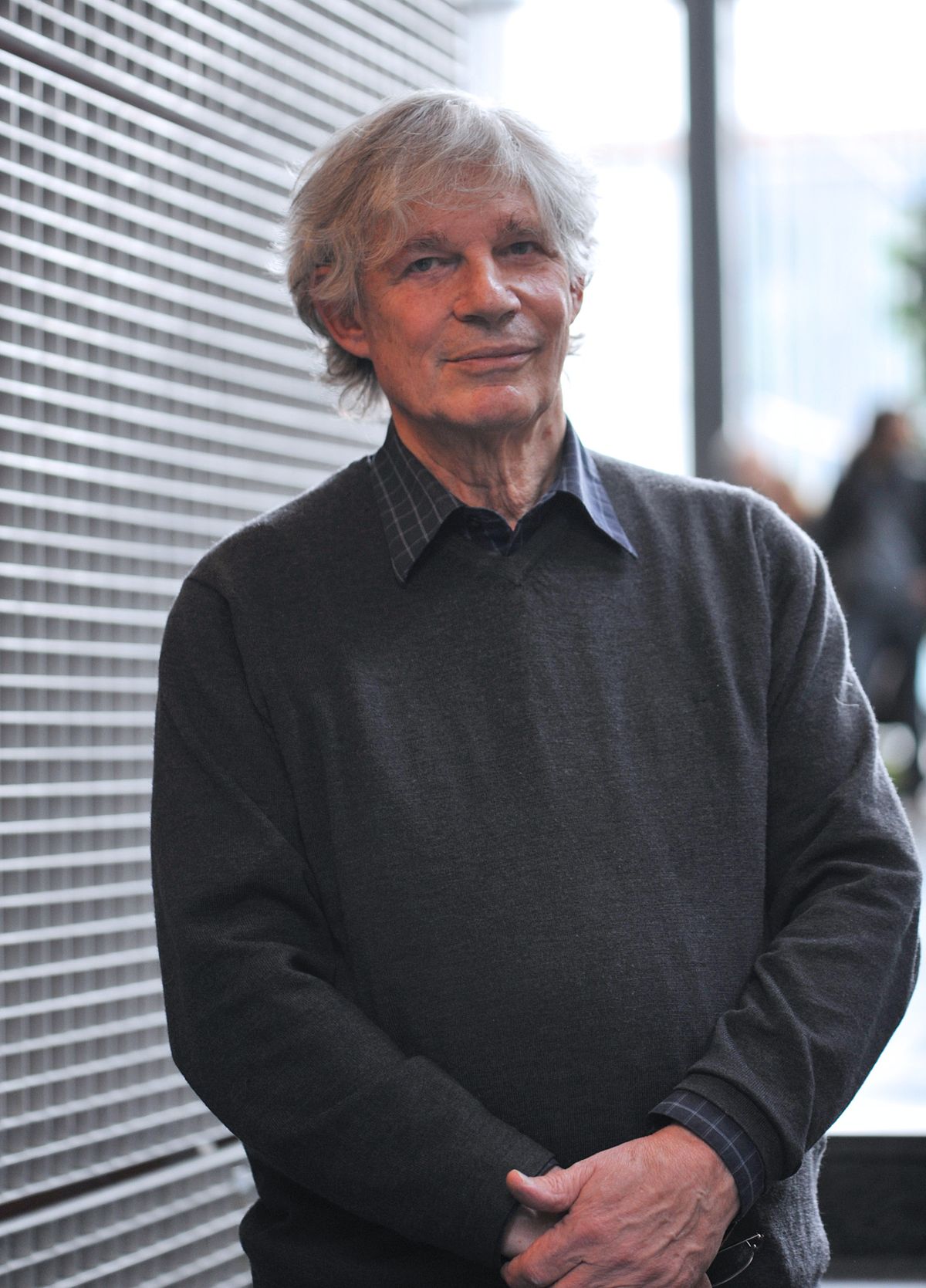
Title
A World Beyond Physics
Abstract
TBA
Biosketch
Stuart Alan Kauffman (born September 28, 1939) is an American medical doctor, theoretical biologist, and complex systems researcher who studies the origin of life on Earth. He was a professor the University of Chicago, University of Pennsylvania, and University of Calgary. He is currently emeritus professor of biochemistry at the University of Pennsylvania and affiliate faculty at the Institute for Systems Biology. He has a number of awards including a MacArthur Fellowship and a Wiener Medal. He is best known for arguing that the complexity of biological systems and organisms might result as much from self-organization and far-from-equilibrium dynamics as from Darwinian natural selection. In sixties Kauffman used random Boolean networks to investigate generic self-organizing properties of gene regulatory networks. Using these models, he proposed that cell types are dynamical attractors in gene regulatory networks and that cell differentiation can be understood as transitions between attractors; indeed, recent evidences suggest that cell types in humans and other organisms are attractors. He also proposed the self-organized emergence of collectively autocatalytic sets of polymers, specifically peptides, for the origin of molecular reproduction, a hypothesis that recently has found experimental support. He is the author of enlightening books, such as The Origins of Order: Self Organization and Selection in Evolution (1993), At Home in the Universe: The Search for Laws of Self-Organization and Complexity (1995) and Humanity in a Creative Universe (2016).
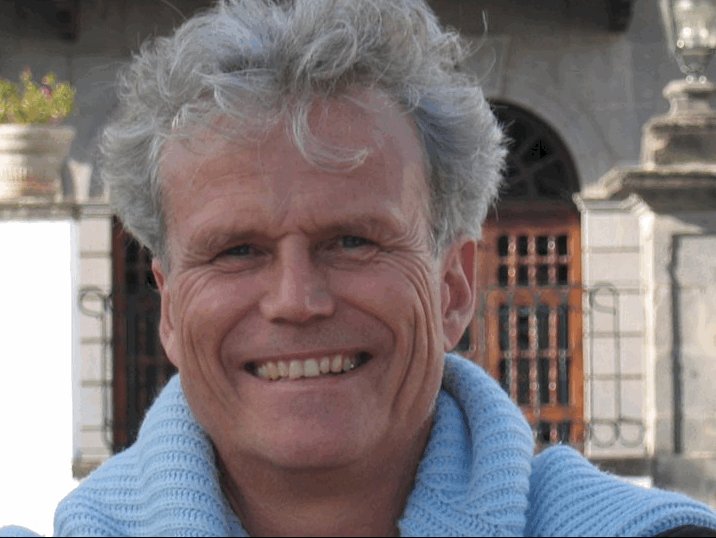
Title
The brave new world of living and intelligent technologies
Abstract
Our physical technologies (e.g. the bio, info, nano and cogno (BINC) technologies) are rapidly advancing beyond our social technologies (e.g. governance, laws, education, and social norms), which both generate crisis and great opportunities. Our challenges are in part to develop and implement these new technologies for the common good and in part to update our social technologies so that they can address the new physical reality. Humanity has previously been in similar situations e.g. when our societies were transformed from agrarian to industrial. Besides great technological and societal changes, the past Industrial Revolution also brought about new narratives about the world. At the core of our current technological and societal changes lies technologies that mimic life and intelligence, and these technologies are increasingly connected with all of us via the Internet. I’ll review key scientific underpinnings both of the technologies and their current societal impacts, and I’ll present a framework by which we as scientists can discuss both the scientific and the societal challenges and opportunities including bringing about new and much needed narratives about our rapidly transforming world.
Biosketch
After his postdoc at the Technical University of Denmark he joint Los Alamos National Laboratory and Santa Fe Institute August 1988. During his 20 years in New Mexico, USA (1988-2007, Alien of Extraordinary Abilities) he has developed and contributed to a variety of interdisciplinary research programs and projects. He was one of the founders of the Artificial Life field in the late 1980s, which he has engaged with ever since. At Los Alamos he was part of many interdisciplinary projects including the Human Genome, Transportation Simulation, Urban Security, Disaster Mitigation, and Distributed Satellite Communication. In the early 90s he co-developed the Transportation Simulation System (TRANSIMS), which was implemented by the US Department of Transportation. In the mid 1990s he co-directed the Urban Security Initiative at Los Alamos, developing an integrated simulation framework for urban systems as well as web-based disaster mitigation tools, which were implemented in Cerro Grande Wildfire May 2000 where 20.000 people were evacuated. He was also part of the original Los Alamos team on Critical Infrastructure Protection, now implemented by the US Department of Homeland Security. He became the Scientific Team Leader of the Los Alamos Self-Organizing Systems (SOS) team in 2002. He was leading the Los Alamos Protocell Assembly (LDRD-DR) project and the Astrobiology program (origins of life) at Los Alamos (2003-5), developing experimental and computational protocells and Cell-Like Entities with USAF as a co-sponsor. Further, he was the Co-Director of the EC sponsored Programmable Artificial Cell Evolution (PACE) project (2004-8) and a Guest Professor at University of Copenhagen (2004-5). Late 2007 he returned to Denmark as founder and Director of the Center for Fundamental Living Technology (FLinT) at University of Southern Denmark (SDU). The main scientific effort of Prof. Rasmussen over the last 15 years has been to explore, understand and construct transitions from nonliving to living materials. Creating minimal life requires an interdisciplinary scientific effort, which is why he assembled, sponsored, and lead research teams in the US, across Europe and in Denmark. In the last few years he has also assembled interdisciplinary scientific teams to explore the technological and societal transition spearheaded by digitization followed by living and intelligent technologies. He has extensive experience in architecting new scientific ideas and assembling research teams to pursue these ideas. In 2009 he founded the Initiative for Science Society and Policy (ISSP). Together with Santa Fe Institute (SFI) and the European Center for Living Technology (ECLT) these organizations allow Prof. Rasmussen to pursue his scientific interests in the physics behind living and life-like processes as well as how technologies based on living and intelligent processes both change our societies and what it means to be human. He is frequently an invited national and international science policy advisor and he is actively engaged in the public discourse about science, society and citizens.
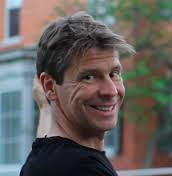
Harnessing Open Science to Map Protein Fitness Landscapes
Abstract
TBA
Biosketch
Erik Schultes is FAIR Data Scientific Projects Lead at the Dutch TechCenter for Life Sciences. Erik earned his PhD in evolutionary biology at the University of California Los Angeles and completed a postdoc in RNA biochemistry at the Whitehead Institute for Biomedical Research, Massachusetts Institute of Technology. Erik has worked on occasion at the Santa Fe Institute for Complexity Research. Erik’s current research focus is on the development of tools that help investigators create, find, access, and share protein structure data. ORCID
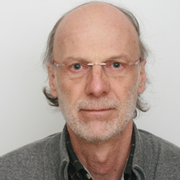
Title
Contrasting views of the origin of human cancers
Abstract
TBA
Biosketch
Full Professor of Human Genetics - Faculty of Sciences University of Insubria.
- Education:
- University of Milan Medical School M.D., 1978
- Institute of Biochemistry University of Milan Ph.D. 1981
- Post Graduate Training:
- Research Fellow - National Institute for Medical Research Mill Hill London (1981-1984)
- Research Fellow - Rockefeller University New York (1984-87)
- Appointments held:
- Researcher -Department of Genetics University of Milan (1987-1994)
- Full Professor of Genetics University of Catania (1994-1997)
- Full Professor of Genetics - University of Insubria (1997-present)
- Fields of Investigation:
- Molecular Genetics of Thalassemia Syndromes (1979-1984)
- Identification and characterisation of genes involved in atherosclerosis susceptibility (1984-1999)
- Genetic variability of Gs protein alpha subunit-gsp oncogene in human pituitary tumors (1988-1990)
- Molecular genetics of congenital heart disease (identification of genes on chromosomes 21 and 8 involved in early cardiac morphogenesis) (1993-present)
- High resolution physical mapping of peritelomeric region of chromosome 6 (6q26-27) and cloning of tumor suppressor genes localized in that region (1993-present)
